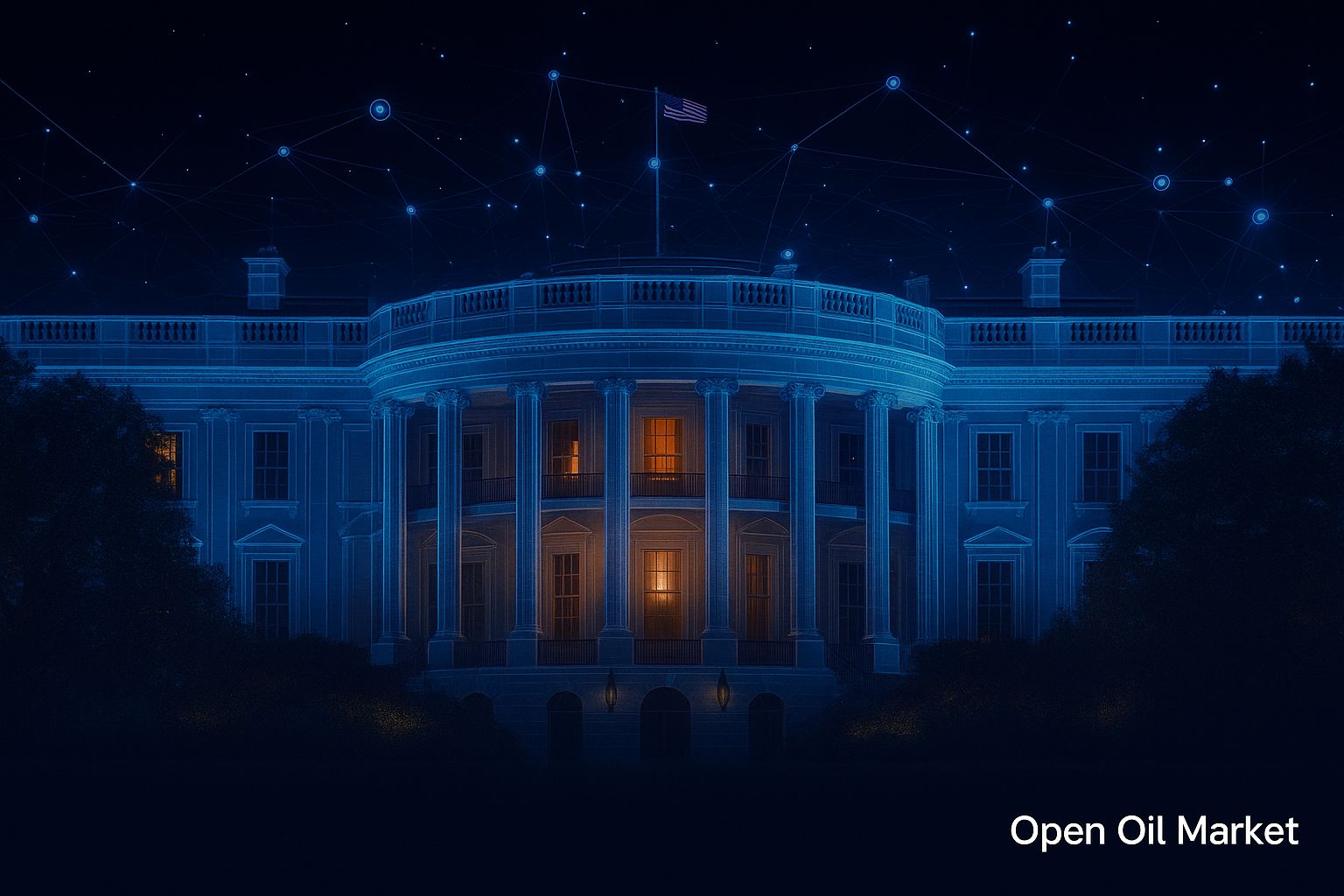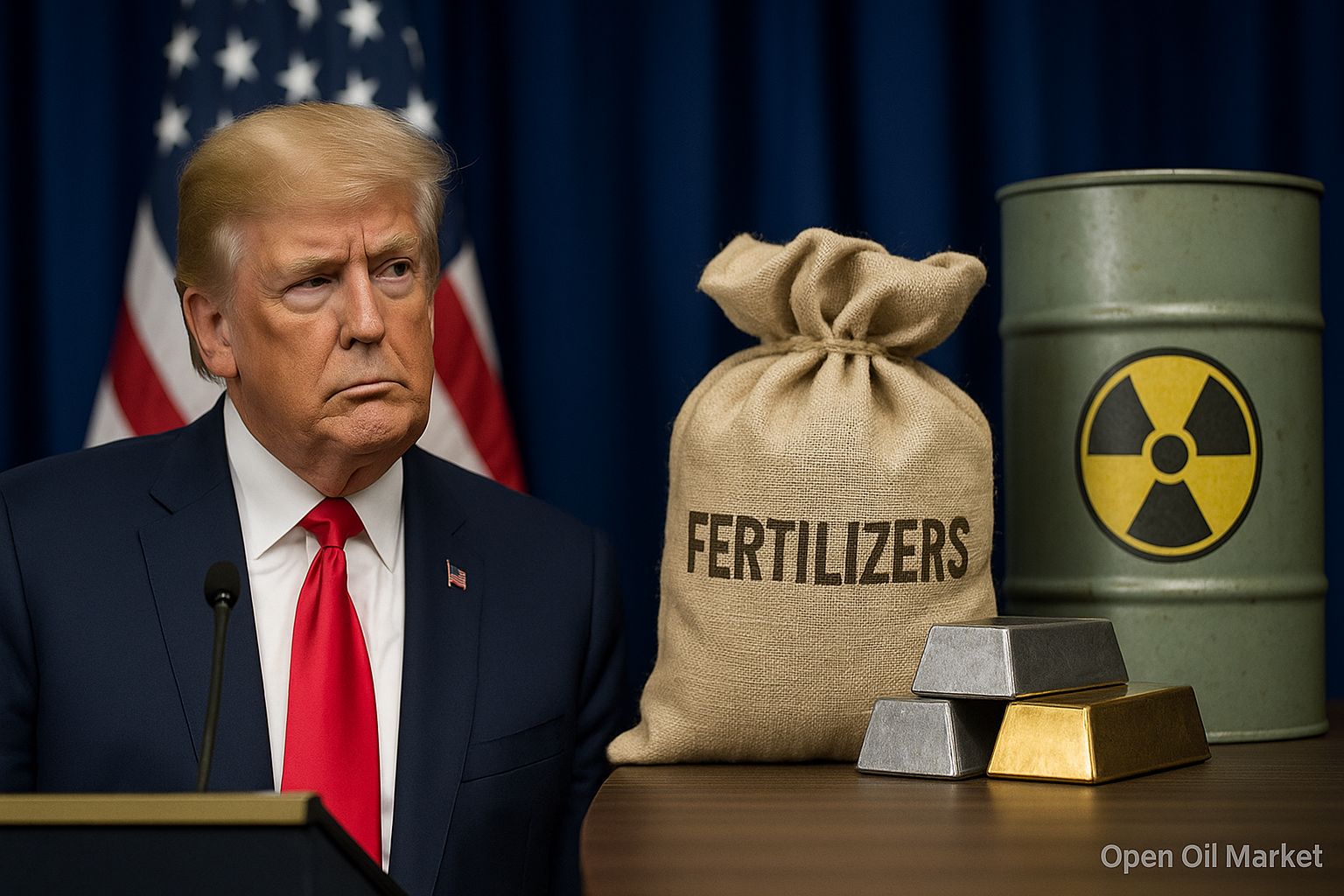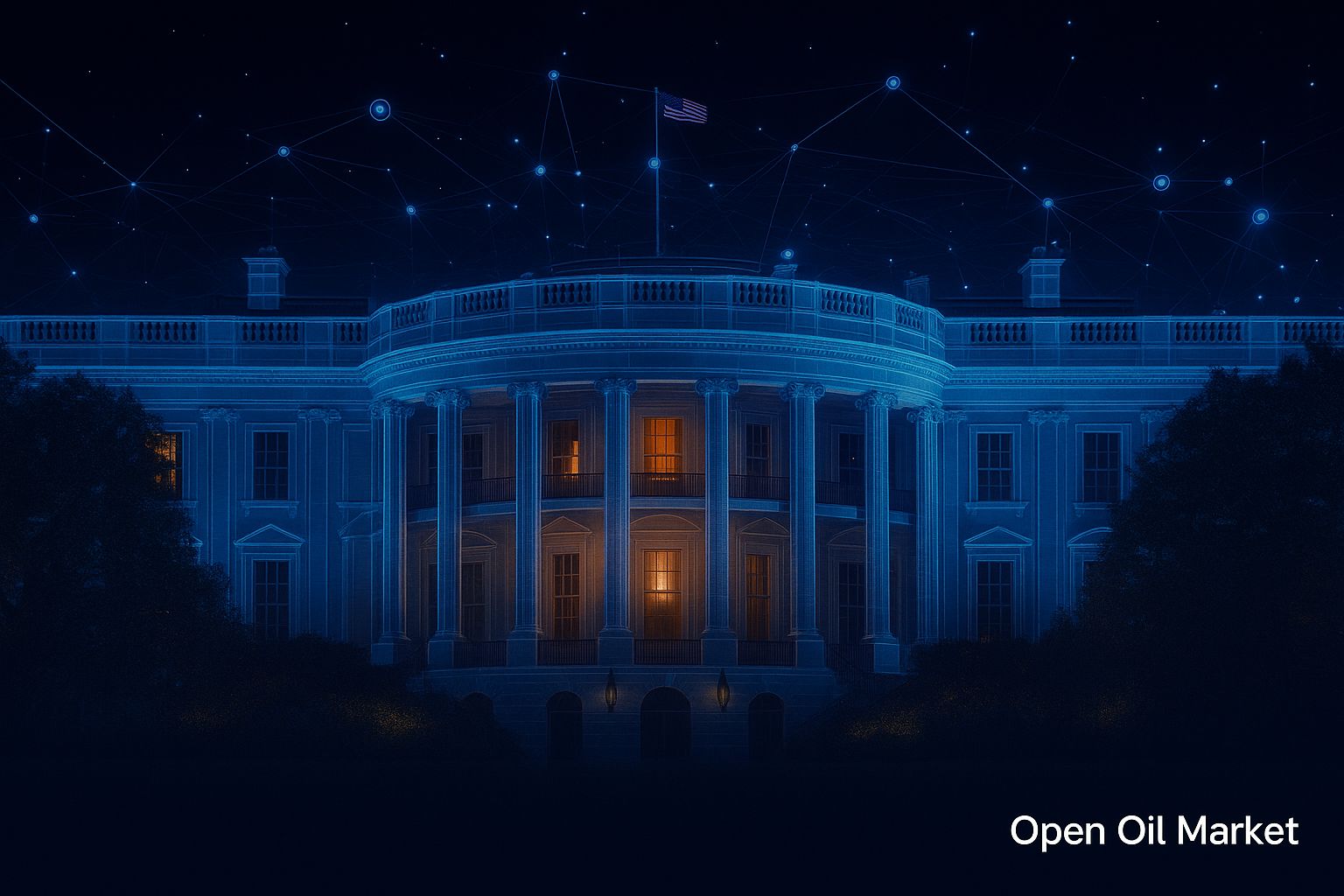
The White House's First Report on Digital Assets: Opportunities and Risks for Investors
In 2025, the White House published the first official report on digital assets, charting a new course for the U.S. in this rapidly evolving field. The administration of President Donald Trump aims to strengthen America's leadership in digital financial technologies and usher in a "golden age" for cryptocurrencies by fostering blockchain innovation, attracting investment, and promoting responsible industry growth. According to the document, implementing the proposed measures will help the U.S. lead the "blockchain revolution" and usher in this "golden age." This overview examines the key provisions of the new policy—from cryptocurrency and stablecoin regulation to the integration of digital assets into traditional finance—and analyzes the related opportunities and risks from an investment perspective.
Regulation: Eliminating Uncertainty
The report reflects a radical departure from the previous policy focused on restrictions. Instead, the new strategy emphasizes creating transparent rules and conditions for growth. The primary task outlined in the document is to eliminate regulatory uncertainty in the U.S. crypto market. The White House working group urges financial agencies to leverage their authority to develop clear, technology-neutral rules for operating with digital assets. Specifically, it calls for unified standards for cryptocurrency trading, requirements for market participant registration, custodial storage rules for digital assets, and transparent reporting. It is also proposed to expedite the approval of new financial products so that innovations reach investors without lengthy bureaucratic delays.
Key proposals in the report include:
- Digital Asset Market Clarity Act. This initiative is intended to fill oversight gaps by assigning the Commodity Futures Trading Commission (CFTC) control over the spot market for digital assets that are not considered securities.
- Federal Legalization of Crypto Trading. Regulators (SEC and CFTC) are instructed to immediately permit federal trading of digital assets through clarifications, with clear registration requirements for companies, cryptocurrency custody, operations, and record-keeping.
- Accelerated Innovation Adoption. There is a need to expand the use of tools that allow promising financial products to reach the market more quickly—such as regulatory “sandboxes” for testing new services. This will allow innovative products to get to consumers without lengthy approvals, while still maintaining investor protection measures.
- Clear Rules for Banks. Regulators must clarify what cryptocurrency and stablecoin transactions are permitted for commercial banks. It is also recommended to establish a transparent process for issuing banking licenses to crypto industry companies (including stablecoin issuers) to eliminate uncertainty for traditional financial institutions when working with this new class of assets.
Stablecoins Instead of a Digital Dollar
Special attention is given to the policy regarding the digital dollar—specifically, its private alternatives. The U.S. administration aims to protect the global position of the dollar, but it is focusing on dollar-backed stablecoins rather than a central bank digital currency (CBDC). Back in January, Trump prohibited the issuance of any CBDC in the U.S., citing threats to citizen privacy, the stability of the financial system, and monetary sovereignty. Instead, the White House supports the development of "legal and legitimate" dollar-backed stablecoins worldwide as a tool to enhance the U.S.'s role in digital finance.
In July 2025, the U.S. enacted its first federal stablecoin law (GENIUS Act). This marked a signal for more widespread adoption of the "digital dollar" by the private sector. Major banks and payment platforms soon expressed interest in issuing their own stablecoins. For investors, regulated dollar tokens could become a reliable tool for capital storage and transactions. However, the stability of such coins depends on trust in their reserve backing: any issues with reserves could undermine user confidence and damage regulatory reputations.
Access to Banking Services for Crypto Businesses
The report recommends clearly defining the operations that commercial banks can conduct with digital assets and blockchain projects, as well as simplifying the process for issuing banking licenses to relevant companies. This policy aims to remove barriers that cryptocurrency startups have encountered in recent years. There have been instances where banks refused to service accounts for cryptocurrency exchanges and fintech firms or abruptly severed ties with them due to fears of regulatory repercussions.
The new U.S. strategy aims to end this practice: compliant participants in the digital asset market should gain equal access to banking services. For investors and businesses, this means a more resilient infrastructure—cryptocurrency exchanges, custodial platforms, and token issuers will be able to work more reliably with fiat accounts, reducing operational risks. Traditional banks, in turn, will receive clear guidelines from regulators on how to safely interact with the crypto sector. This symbiosis of classic finance and crypto assets will enhance market liquidity and open doors for new major players. Of course, banking supervision will need to develop specific risk management requirements—from volatility to cybersecurity—so that integration occurs without shocks to the financial system.
Decentralized Finance Under the Supervision of Innovation
Regulators also intend to take a measured approach to decentralized finance (DeFi). It is proposed to consider the specifics of DeFi protocols and not block technological experiments, allowing new forms of financial services to develop under fundamental oversight. With reasonable regulation, this will make the U.S. an attractive jurisdiction for DeFi startups: decentralized exchanges, lending protocols, and other services will be able to operate legally and compete with banks, offering investors more diverse products and sources of income.
However, a liberal approach also carries risks: overly lenient oversight may lead to hacking, "pyramid" schemes, and mass losses due to code vulnerabilities; excessively strict regulations, on the other hand, may push innovation into the shadows or abroad. Authorities must find a balance between promoting DeFi and protecting users to ensure that this sector develops sustainably and safely.
Opportunities for Investors
Analysts note that the proactive cryptocurrency policy of the U.S. opens several opportunities for investors:
- Increased Trust and Capital Inflow. Clear rules reduce regulatory risks: investors can confidently enter the U.S. digital asset market without fearing sudden bans. Transparent regulation is expected to attract new institutional capital.
- New Products and Services. With government support for innovation, the launch of various crypto products will accelerate. In the near future, exchange-traded funds linked to cryptocurrencies and tokenized securities may arise. For investors, this expands the range of available tools—from stablecoins to DeFi applications.
- Strengthened Dollar in the Digital Environment. The U.S. focus on dollar-backed stablecoins ensures the dollar's ongoing role in the global digital economy. The dominance of USD stablecoins provides relative predictability: most transactions in the crypto sphere will remain in dollars. This enhances market confidence among those previously wary of crypto assets due to price volatility.
Risks and Challenges
Despite positive changes, investors should be aware of potential risks:
- Delays and Political Opposition. Many of the working group's proposals have yet to be legally implemented. Their realization will require the passage of new laws by Congress and active actions from regulators. The process may be prolonged, especially if there is resistance from the political opposition. A shift in course may also occur with changes in the political landscape. As a result, the period of uncertainty may be prolonged, so it is essential for investors to monitor developments and be prepared to adapt to new rules.
- Market Volatility. Even with clear rules, cryptocurrencies will remain highly volatile assets, subject to sharp price fluctuations. No government policy guarantees protection from bubbles or crashes.
- Technological and Systemic Risks. Deep integration of cryptocurrencies into the financial system poses new threats. Infrastructure failures—from smart contract vulnerabilities to exchange thefts—can trigger chain reactions in adjacent markets. Regulators must promptly update oversight measures to prevent such failures.
- Global Regulatory Inconsistency. The U.S. may set the tone, but global cryptocurrency regulation remains fragmented. For instance, the EU has introduced its own legislation (MiCA), while several countries maintain strict limitations. What is legal and supported in America may face bans abroad. Such discrepancies complicate international investments and add uncertainty.
Conclusion
The White House's first cryptocurrency doctrine marks a turning point: the U.S. seeks to combine the dynamic development of digital assets with the establishment of clear "rules of the game," which in the long term could make the market more predictable and attractive. For investors, this signals the gradual maturation of the market. At the same time, maintaining a balanced approach—without excessive euphoria and sweeping bans—will help keep risks in check. However, even in these new conditions, investors should proceed with caution and diversification. Nonetheless, U.S. policy provides grounds for cautious optimism: digital assets may organically integrate into the global financial system, opening new horizons for growth.




